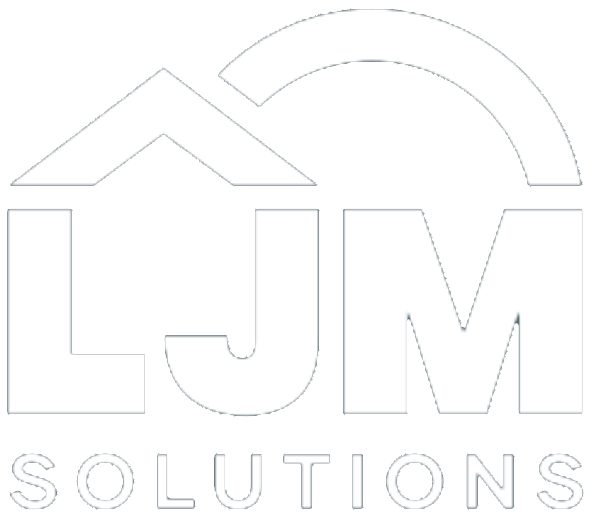

Thinking about Long Eaton Solar Panels for your home or business? You’re in the right place. This plain-English guide covers what matters before you decide: how solar works day to day; Long Eaton’s climate and roof fit; available support; typical installation costs; realistic savings; and how batteries, EV charging, planning rules, and grid approvals fit together. We also include a practical section for local businesses and a detailed FAQ. We cut the jargon and explain your options clearly.
Use the quick form beside this guide, or below on mobile. Request a free survey and a tailored quote from LJM Solutions. Tell us your roof type, rough usage, and battery interest. We’ll respond with clear numbers and a sensible design—no pushy sales. By the end, you’ll know if Long Eaton Solar Panels are worth it. You’ll also see the right system size and which add-ons pay back. And you’ll know what happens next: timescales, paperwork, and a tidy, low-disruption install. If you’re ready, the form is the fastest way to book a consultation.
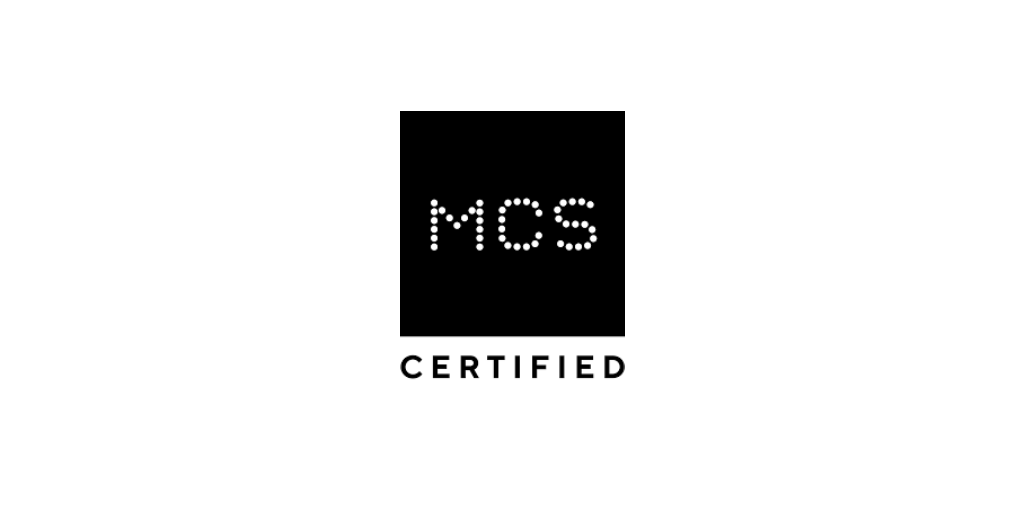
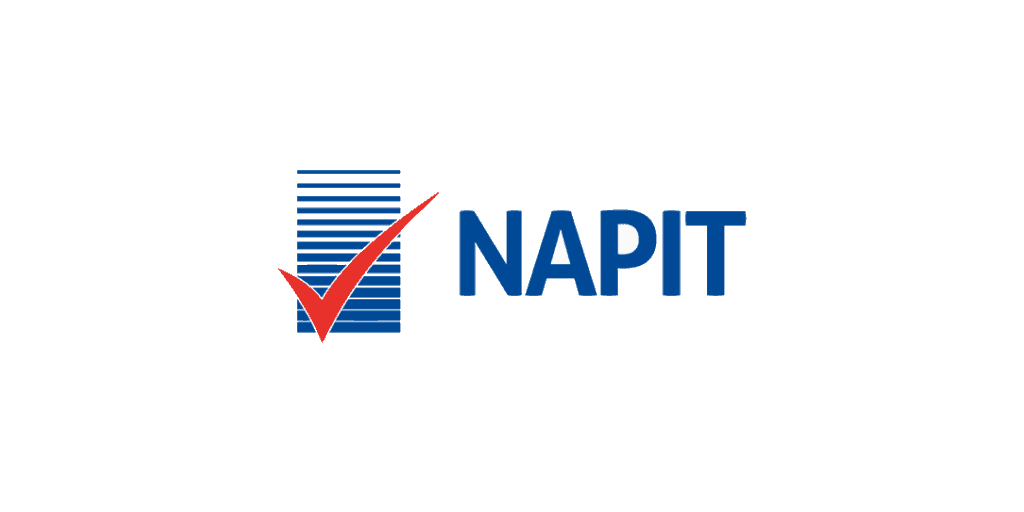
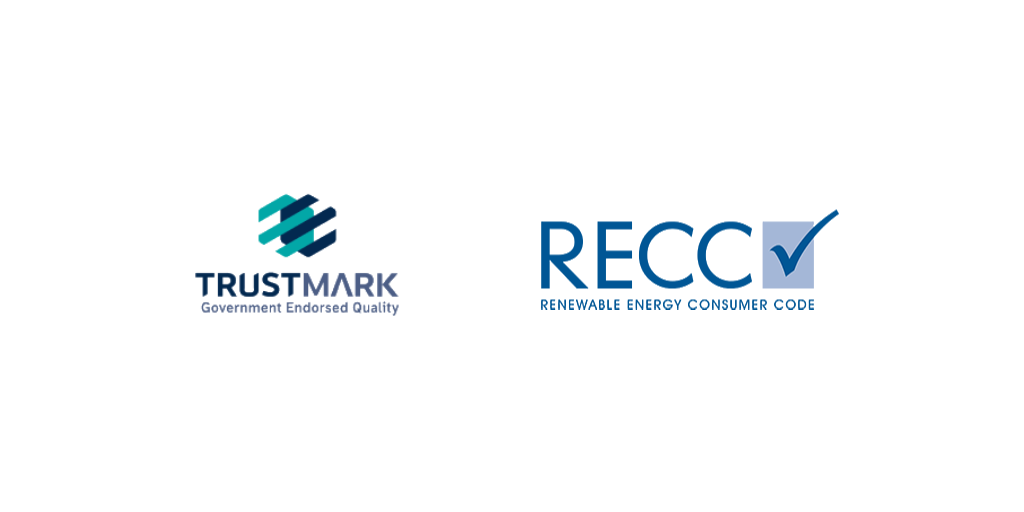
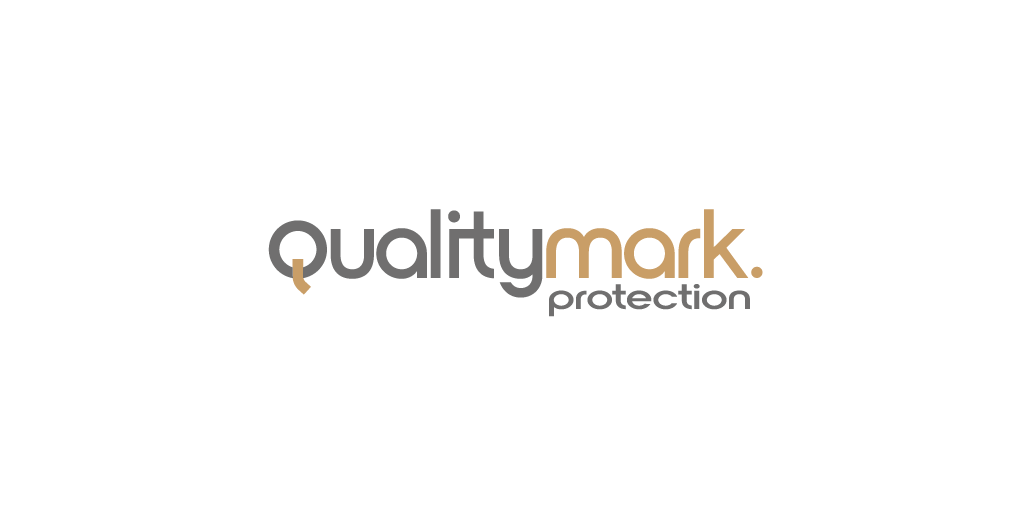
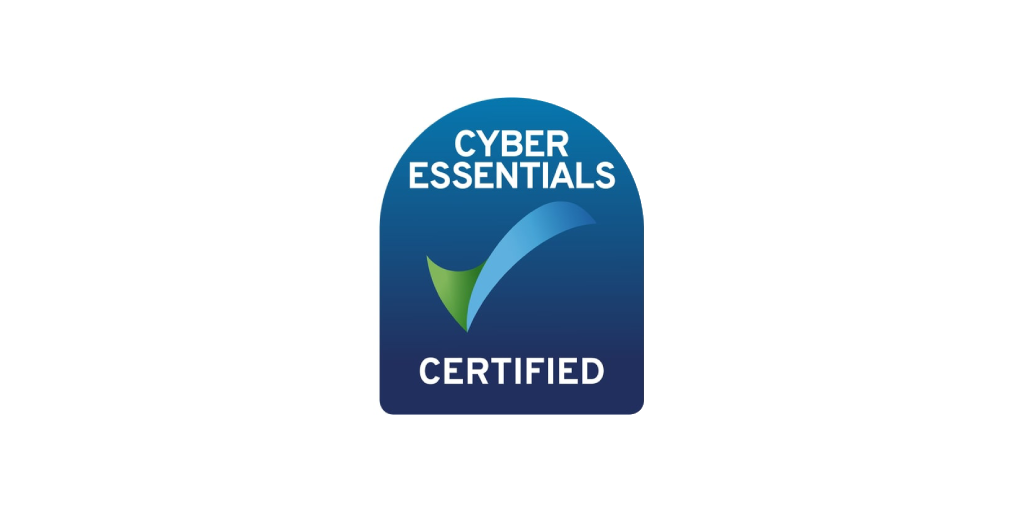

Solar PV panels make electricity from daylight. They work even when it’s cloudy, just at a lower output. An inverter changes the DC power from the panels into AC power your home or site can use. If you’re generating more than you’re using, you can store it in a battery, heat water with a diverter, or export it back to the grid.
In short, solar helps you buy less electricity, and in some cases get paid for surplus power. The key is a system that suits your roof, usage patterns, and budget. Good design is everything.
What a typical system includes
Panels (modules): Fixed to your roof or a ground frame.
Inverter: Turns DC into AC and keeps everything safe.
Mounting kit: Anchors the array securely and weather-tight.
Generation meter: Records what your panels produce.
Battery (optional): Stores surplus for evening and early morning.
Diverter (optional): Sends extra power to your hot-water cylinder.
Monitoring app: Lets you track performance and spot issues early.
Why this works well in Long Eaton
We have solid daylight levels across the year.
Daytime loads (washing, dishwashing, cooking, office use) align with generation.
Batteries extend benefits into the evening when tariffs are usually higher.
Before you start, do the basics well
Check roof condition and structure. Fix issues before installing.
Map shading from trees, chimneys, and nearby buildings.
Pick an accredited installer and insist on a clear performance estimate.
Ask for a tidy cable route and smart placement of inverter and battery.
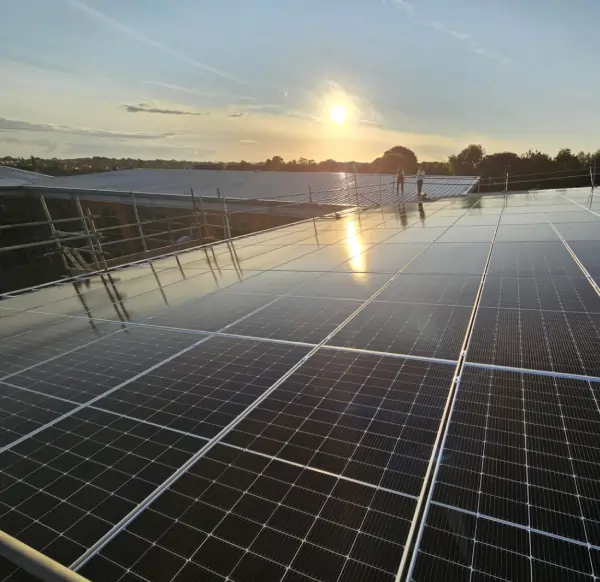
Long Eaton is a perfectly sensible place to install solar. The UK climate actually suits solar PV better than people expect. Cool air keeps panels efficient, and long summer days deliver strong output. What matters most is orientation, tilt, shading, and roof space. Get these right and Long Eaton Solar Panels can be a reliable, long-term asset.
Assessing your roof
Orientation: South is best. South-east to south-west still performs well.
Tilt: Around 25–40° is common; flat roofs use tilt frames.
Shading: Even small shadows can reduce yield; optimisers help on mixed roofs.
Space: Modern panels are powerful, so decent systems fit on modest roofs.
Structure: The roof must take the extra load; we’ll confirm at survey.
What you can expect through the seasons
Spring and summer: Long days and higher angles deliver most of the annual energy. Smart owners time washers, dishwashers, and EV charging for midday.
Autumn and winter: Output dips with shorter days and low sun. Yet daytime loads, especially in home offices and shops, still benefit. A battery stretches that daytime energy into the evening.
Tips that raise real-world performance
Keep panels clean and gutters clear; an annual check is enough for most homes.
Trim or manage obvious shading where possible.
Spread big appliances across sunny hours rather than all at once.
Consider a hot-water diverter if you have a cylinder; it’s a simple win.
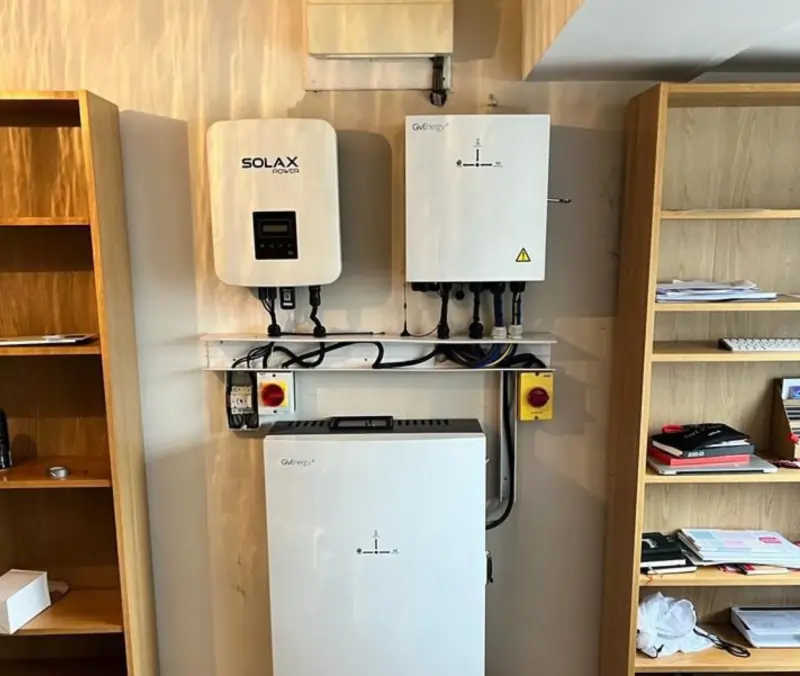
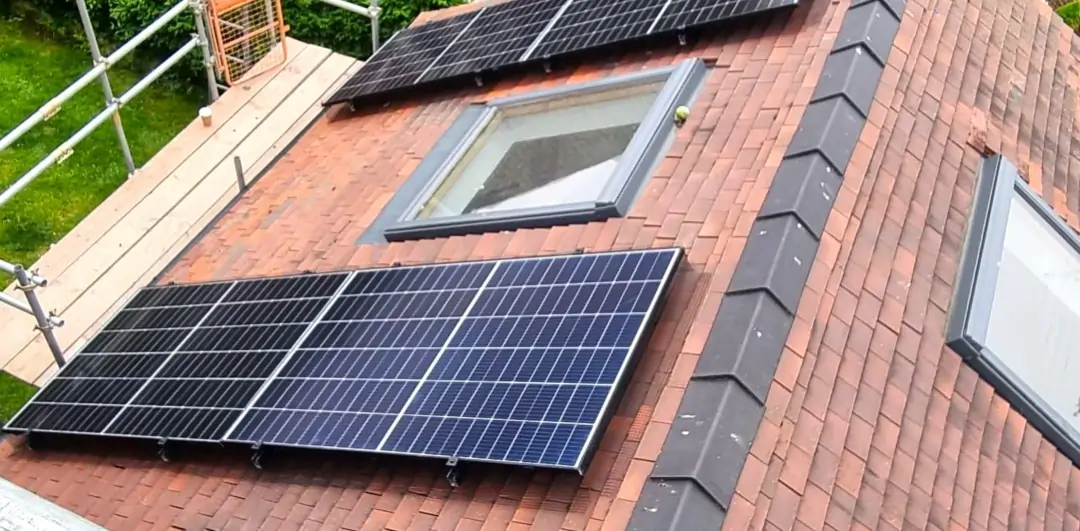
Our friendly team is here to help with expert advice on solar panels, battery storage, or electrical services. No pressure, just honest answers.
There isn’t a single, universal cash grant for buying solar PV outright in every case. However, there are meaningful ways to reduce overall cost and improve returns. The landscape can shift, so it’s worth checking current details before you order.
Current routes that help
Zero-rated VAT (domestic installs): Domestic solar PV installs are currently eligible for 0% VAT on installation in the UK. That’s a direct saving on labour and many materials.
Smart Export Guarantee (SEG): After commissioning, you can sign up with a SEG supplier to get paid for each unit you export. Rates vary, so it pays to shop around and review terms yearly.
Targeted support: Certain schemes focus on low-income households or properties with poor EPC ratings. These aren’t universal, yet they can be valuable where they apply.
Local initiatives: Councils sometimes run time-limited programmes or group-buy schemes. Availability changes, so quick checks are smart.
How to get the admin right
Keep your MCS certificate and commissioning paperwork safe.
Ensure your export meter setup matches your SEG supplier’s requirements.
Have proof of address and bank details ready to avoid delays.
If your property is unusual (listed, flat roof, conservation area), expect extra checks.
What we do for you
We confirm eligibility on tax reliefs and explain any local options in plain English.
We guide you through SEG sign-up and the documents suppliers expect.
We provide a clean handover pack so you have everything in one place.
Bottom line: while there may not be a blanket grant for every home, 0% VAT and SEG together make Long Eaton Solar Panels more affordable and more rewarding over the long term.
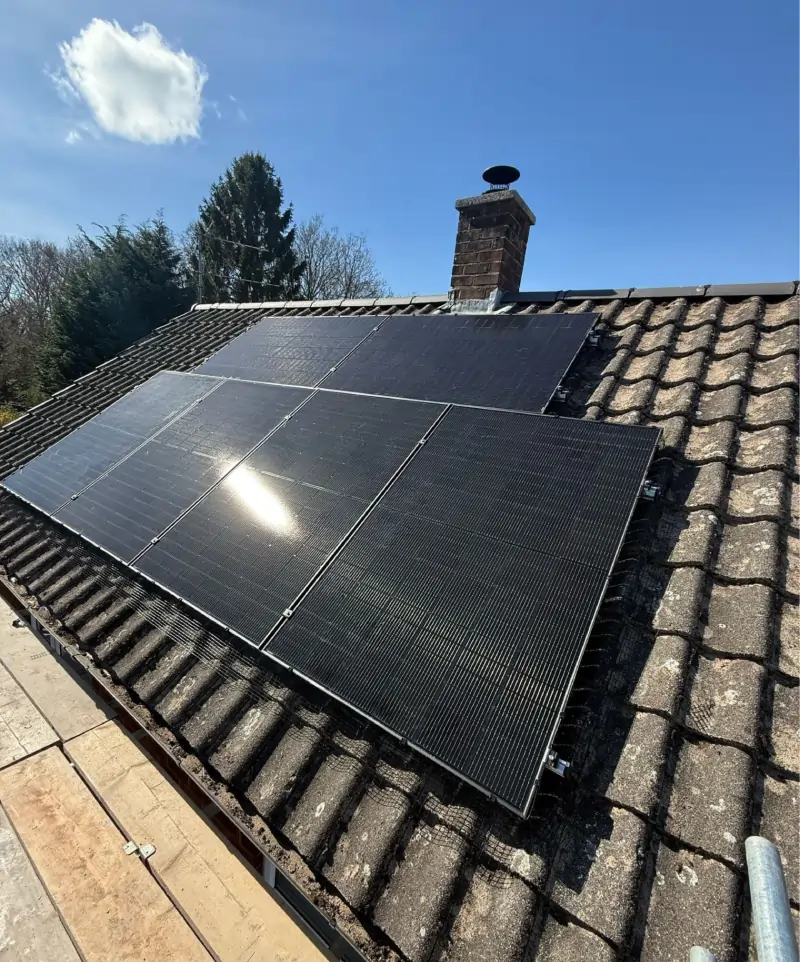
Costs vary, because homes and businesses vary. System size, roof access, scaffolding, your chosen brands, and any extras (like batteries) all play a part. The smartest way to think about it is to focus on lifetime value, not just the headline price. A well-designed system that matches your usage will usually outperform a bigger, poorly matched one.
Trusted solar panel installers in Long Eaton can help you design a setup that fits your needs and delivers long-term value.
What drives price up or down
System size (kWp): More panels mean higher output and a higher upfront cost.
Roof type and complexity: Hips, dormers, and flat roofs add labour and parts.
Scaffolding: A shared scaffold (e.g., during re-roofing) can lower costs.
Hardware choices: Premium, all-black modules and hybrid inverters cost more.
Battery capacity: Batteries add cost but can lift savings and comfort.
Upgrades: Consumer unit changes, surge protection, or new cabling add a little.
What a quality quote should include
A site survey and a sensible performance estimate, not guesswork.
A clear design layout with proposed panel locations and cable routes.
All labour, mounting gear, scaffolding, and electrical sign-off.
Warranties for panels, inverter, and workmanship, with durations listed.
Commissioning, monitoring app setup, and a tidy handover pack.
Ways to keep your budget under control
Size the system around your daytime use first; don’t chase kWp for its own sake.
Consider adding the battery later if budget is tight now.
If you’re re-roofing, install solar at the same time to share scaffolding.
Compare SEG tariffs after commissioning to squeeze more from exports.
A note on businesses: commercial quotes factor in roof access rules, walkways, and health and safety planning. Expect a fuller design pack and grid checks. The upfront cost is higher, but the payback can be very compelling against daytime operations.
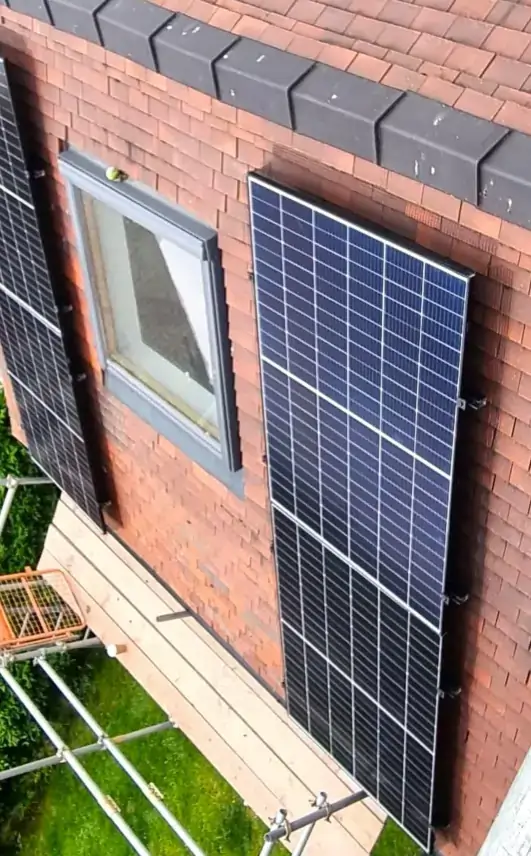
Cost-effective solutions backed by 25+ years of hands-on industry expertise.
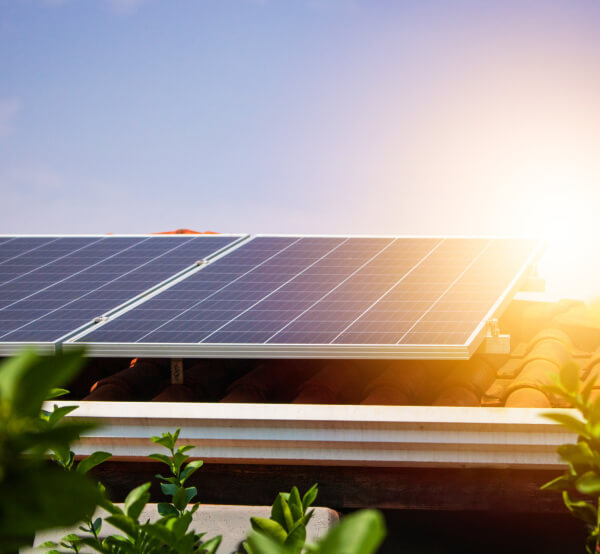
We handle everything. From surveys, design, installation and aftercare, all under one roof.
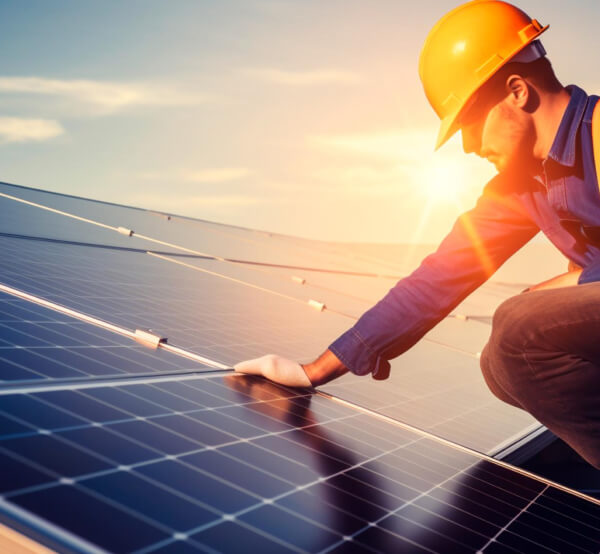
You’ll deal with a single, dedicated point of contact who knows your project inside & out.

We use high performance, long life solar and battery systems with the latest innovations.
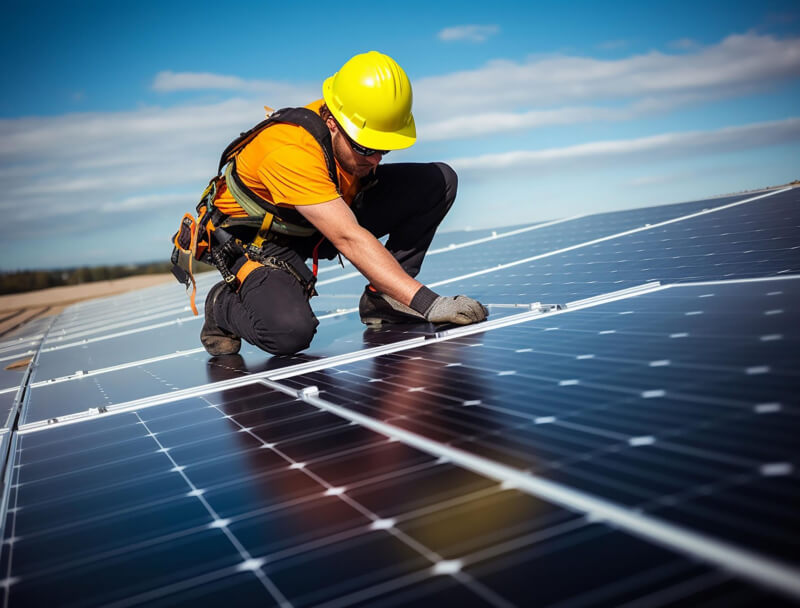
From our Nottingham base, we deliver fast and reliable installs nationwide.
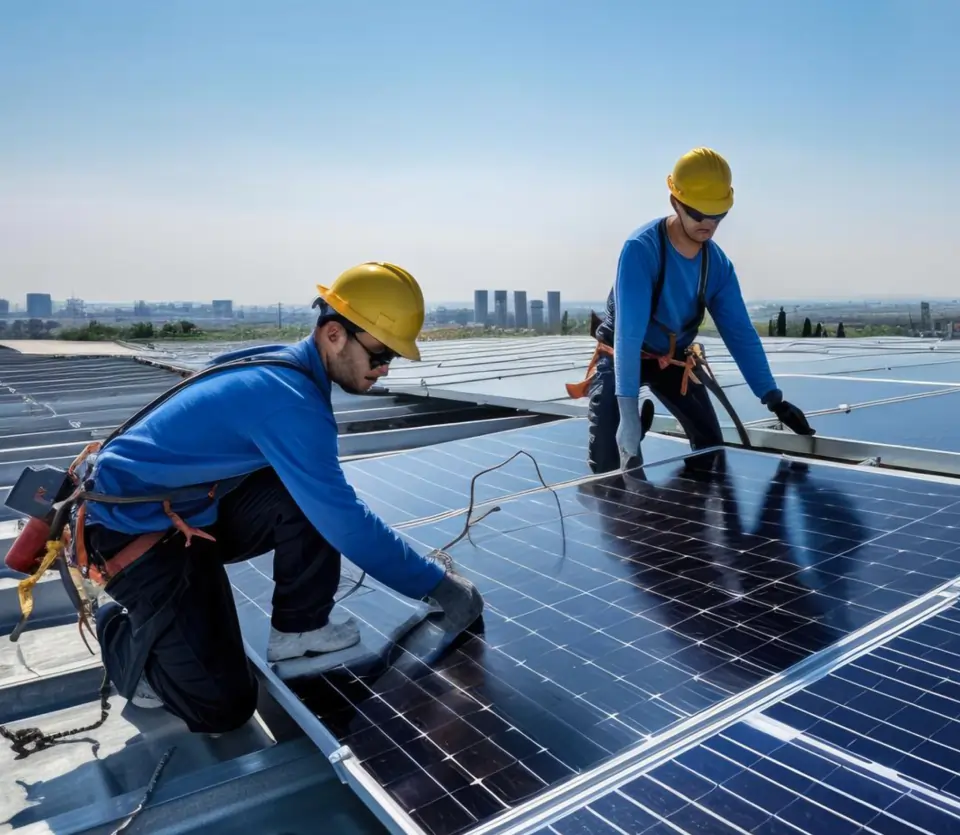
Friendly, responsive service before, during, and after your installation.

Savings come from using your own power instead of buying it at retail rates. Add a battery and you store cheap, self-made energy for the evening peak. Export any surplus and you’ll receive SEG payments. The result is a blend of bill reduction and income, which together drive payback.
What shapes your payback most
Self-consumption: The more of your generation you use on site, the faster the payback.
Battery use: Batteries shift midday energy into the evening. That often boosts returns.
Tariffs: A decent SEG rate helps. A good import tariff helps even more.
Usage patterns: Homes with steady daytime use see excellent benefits.
Insulation: Lower heat demand means more electricity budget for everything else.
Practical tips to raise savings
Time your appliances: Run washers and dishwashers during sunny hours.
Use a diverter: Turn surplus into hot water automatically when the battery is full.
Consider time-of-use tariffs: Cheap off-peak rates pair well with batteries.
Smart plugs and timers: Simple, low-cost tools that pay for themselves fast.
Review yearly: Check your SEG and import tariffs; switch if a better fit appears.
What you can expect over the long haul
Panels usually carry 20–25 year performance warranties.
Inverters often need one replacement over that time.
A well-installed system should pay itself back and then keep delivering value.
Energy price rises can shorten payback; periods of lower prices can lengthen it.
Either way, you’re less exposed to price shocks, which many customers value.
Our approach at LJM Solutions
We model savings with and without a battery.
We show assumptions clearly, so you can sanity-check them.
We tailor design to when you use power, not just how much you use.
For most houses in England, roof-mounted solar falls under permitted development. That means you usually don’t need planning permission, provided you meet certain placement rules. There are sensible exceptions for listed buildings, conservation areas, and some flat-roof arrangements. Even when planning isn’t needed, Building Regulations still apply.
Planning basics to respect
Keep panels as close to the roof surface as the mounting allows.
Don’t exceed the ridge line or create avoidable glare for neighbours.
Expect extra steps if your home is listed or in a conservation area.
Ground-mounts and outbuildings may have different rules; ask first.
Building Regulations: safety matters
The roof must safely carry the extra load.
Electrical work must be compliant and properly certified.
Fire-safe cable runs and isolations are part of a good design.
Clear access and sensible equipment placement make maintenance easier.
DNO approvals (the grid side)
G98 “connect and notify” covers most small domestic systems. We install, commission, and notify the DNO after.
G99 “apply and connect” is for larger systems or certain setups. Approval comes before commissioning.
Businesses may also need export studies and limits, especially in busy areas.
How we simplify this
We assess planning constraints early and design within the rules.
We manage Building Regulations and provide all the electrical certificates.
We handle the DNO notification or application, so you don’t have to.
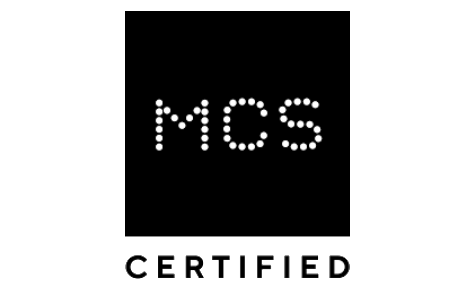
We assess your property and design a custom solar PV or electrical solution to maximise energy savings.
Our fully accredited team installs your system safely, efficiently, and in line with MCS and UK regulations.
We provide full system handover, certification, and ongoing support to keep your system operating at its best.
Solar works especially well for sites with daytime demand. Think warehouses, manufacturing, retail, offices, and hospitality. Energy used while the sun shines is energy you don’t buy at retail rates. Over time, that can stabilise costs and improve margins. It also supports ESG goals and wins points in tenders.
Commercial wins we see most often
Lower daytime bills: A direct hedge against future price rises.
Carbon reductions: Measurable, reportable, and useful for stakeholders.
Predictable asset: Panels are low-maintenance with long warranties.
PR value: Visible proof of sustainability action.
Design choices that protect operations
Non-penetrative mounting for suitable flat roofs.
Walkways and access zones for maintenance and fire safety.
Export-limiting inverters where the grid is constrained.
Monitoring and alerts integrated with your facilities workflow.
What to expect in a business proposal
Load analysis using half-hourly data where possible.
Roof condition review and structural considerations.
Grid engagement, export studies, and protection settings.
Phased installation to minimise disruption.
Result: Long Eaton Solar Panels can make a site more resilient and cheaper to run. The savings stack up year after year, while you keep control of operations.
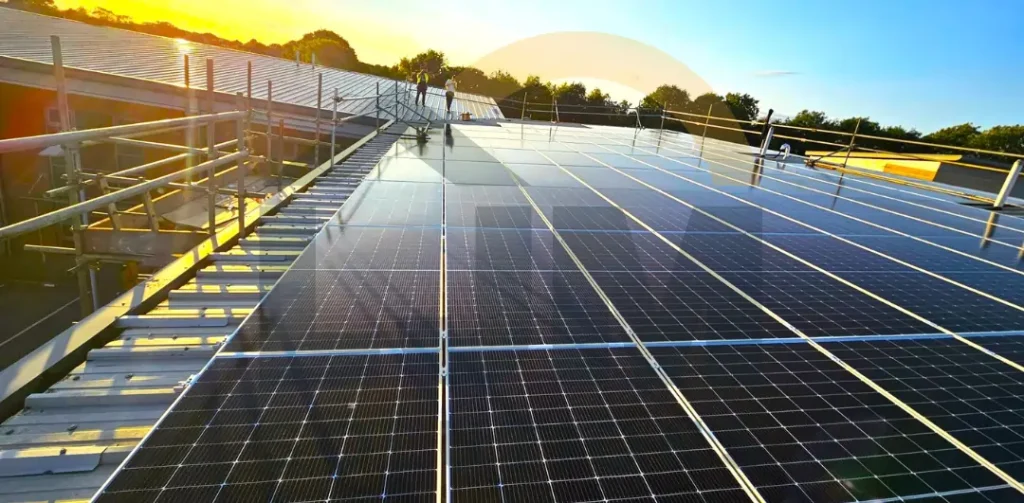
Usually not for roof-mounted systems on houses, thanks to permitted development. Listed buildings, conservation areas, and some flat roofs are different, so ask first.
Yes. Long Eaton gets plenty of daylight across the year. Good design and low shading matter more than chasing perfect angles.
Panels typically carry 20–25 year performance warranties. Inverters often need a replacement at some point in that span.
It depends on your routine. If you use most energy after 5 pm, a battery often helps. If you’re home in the day, you may prioritise a diverter first.
We size around your roof and usage. A “right-sized” system beats an oversized one that exports most of its energy.
We size around your roof and usage. A “right-sized” system beats an oversized one that exports most of its energy.
Sign up to a SEG tariff after commissioning. Rates vary by supplier, so compare and review each year.
Very little. Keep panels clear, book an occasional visual check, and monitor the app for alerts. We’re here if anything changes.
Survey, design, scaffold, mounting, electrical work, commissioning, and a tidy handover pack. We also handle the DNO paperwork and help you sort SEG.

Our friendly team is here to help with expert advice on solar panels, battery storage, or electrical services. No pressure, just honest answers.
Unit 3, Gainsborough Business Park Long Eaton, Nottingham NG10 1PX

Experienced solar, electrical & energy-efficiency specialists in Nottingham, with 25+ years of industry expertise.